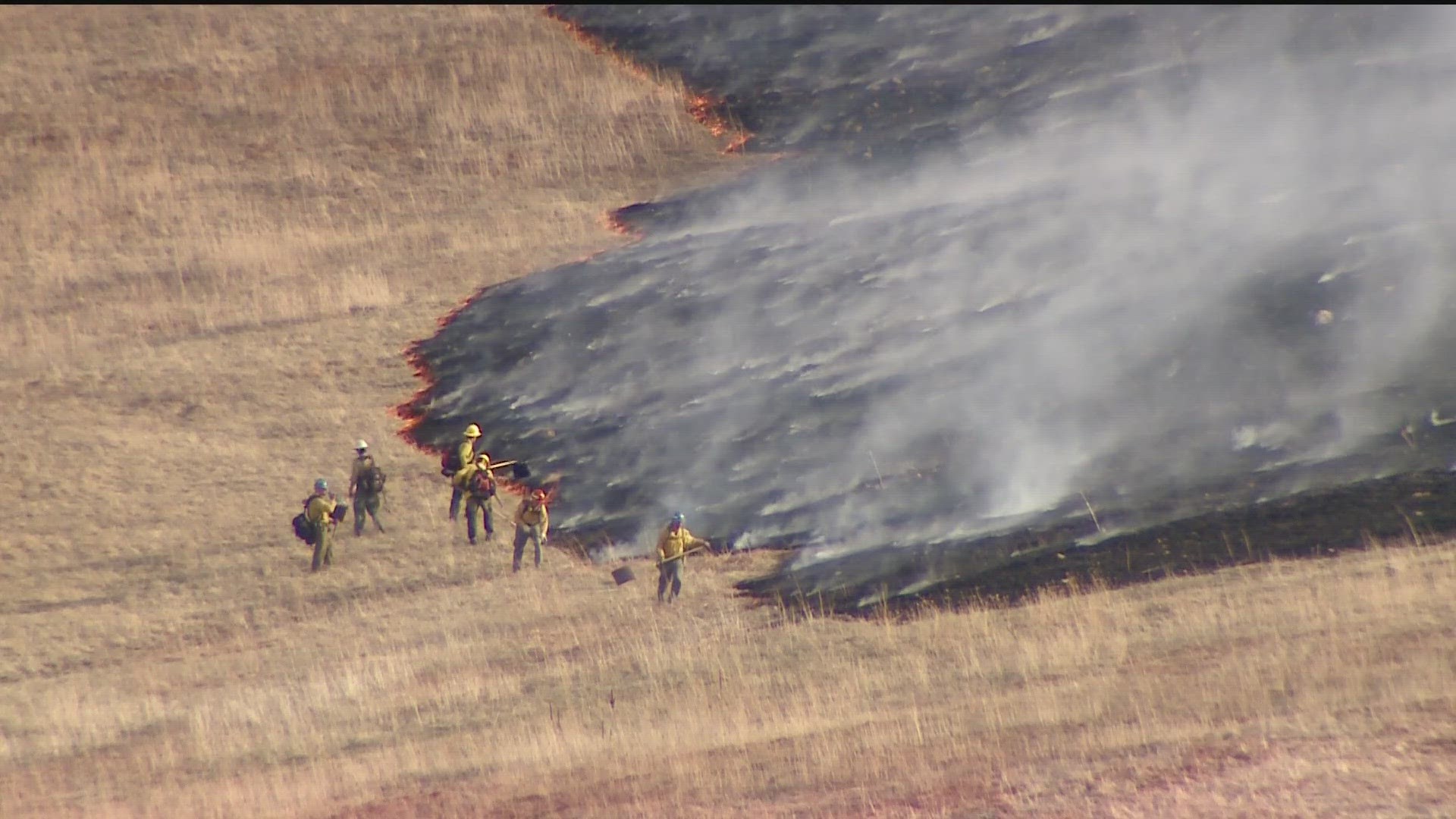COLORADO, USA — The green hills of this summer seem to mask our wildfire risk. But a new report shows more homes in danger and more money on the line in Colorado than any other state with the exception of California.
The report, by CoreLogic, found Colorado among the states with the highest concentration of at-risk homes (332,716) and significant estimated reconstruction costs ($140.9 billion).
Only California had worse numbers, and Texas was just behind Colorado.
As wildfire risk increases, Colorado has seen dramatic changes to insurance premiums and coverage options.
Insurance companies use this kind of data, among other resources to assess property risks.
“They can use in their underwriting process as well as their rating process, so really identifying along their eligibility lines, and their pricing, to account for the risk that they may be taking in based on where that location is,” said Jamie Knippen, a senior project manager for CoreLogic.
She said researchers looked at a number of factors when determining a property’s risk. Those include:
“The risk that’s directly on their property, that typical residential spot. Then distance to high risk fuels. Then on top of that, there’s things like slope and aspect. Fire spreads uphill more rapidly, so if a home is on a greater, steeper slope, then more heat energy is released which is cause for greater fire spread. Things like aspect – which slope they’re facing. Southern slopes are typically warmer and dryer making them more susceptible to fire,” she offered as examples.
Rural areas are generally the first consideration for highest fire risk. But this report highlights the risk in urban areas, too.
It lists the following cities in Colorado, and number of homes at risk:
- Denver metro (69,284)
- Colorado Springs (51,321)
- Fort Collins (14,352)
- Boulder (9,754)
- Pueblo (3,242)
“I love that this report has identified big cities in Colorado,” said Einar Jensen, risk reduction coordinator for Evergreen Fire Rescue. “It's critical to remember that Denver is also a wildland urban interface. Not just because of the ember production that can go into the city and county of Denver but also the greenspace that makes Denver so cool.”
“Deer don’t stop at the city limits. The wind doesn’t stop blowing at the city limit. We are living in nature wherever we are,” He continued.
“It’s critical for us to remember that wildfires don’t care about demographics. Don’t care if it's rural or urban. If there’s fuel to be burned and that fuel leads to a populated area, that wildfire is a risk to that populated area.”
Jensen pointed out, some of the country's most recent, most destructive fires tore through densely populated areas.
“Certainly, the Maui fires,” he said. “A couple of years ago the Camp Fire in California. The Marshall fire here. We’re seeing wildfires impact more people in our communities.”
SUGGESTED VIDEOS: Latest from 9NEWS

